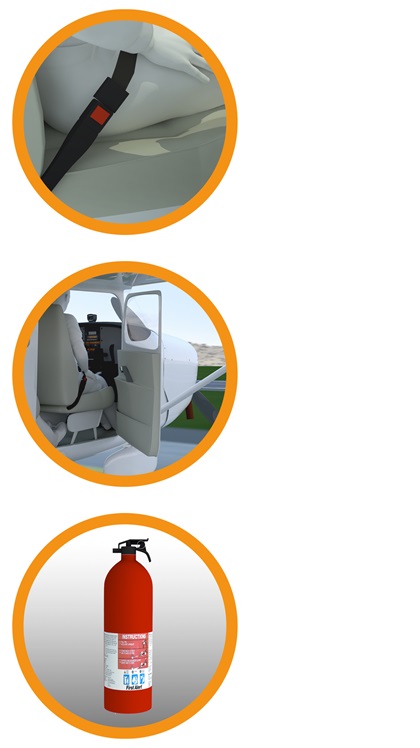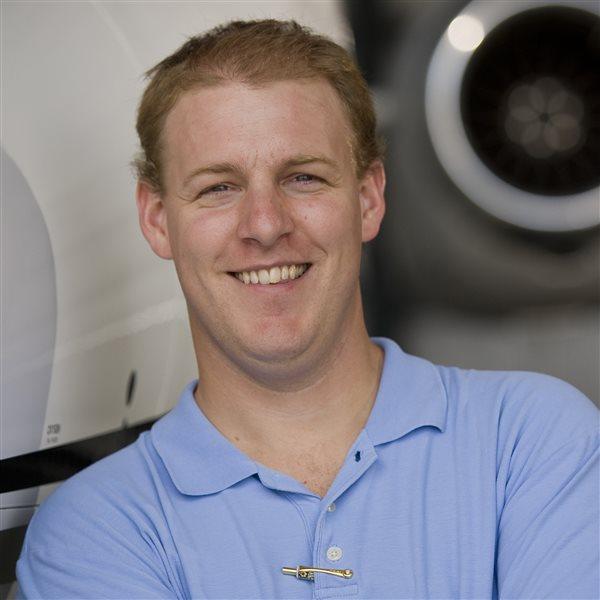This is your captain speaking

Passenger Briefing
For many first-time passengers, flying in a small airplane is both thrilling and terrifying. It’s your job as pilot in command to make them feel at ease. For that reason alone you should spend time doing a passenger briefing that even a jaded flight attendant would love. Most of the basic briefing items might be related to safety, but it’s the extra touches that will transform your image from daredevil to doting captain.
The essentials
 Seat belts
Seat belts
Operation of seat belts is the only FAA-required briefing item. Airplane seat belts can be complicated, even for other pilots. Make sure everyone knows how to fasten and unfasten, and when the lap and shoulder portions should be worn.
Doors
Car makers have generally figured out how to standardize door handles. Not so with airplanes. Demonstrate how to open and close the door, the location of all the exits, and how to kick out the windows if the doors won’t open after an accident. Also, be sure to mention if one of your doors has a habit of opening in flight.
Fire suppression
Point out the fire extinguisher and explain how to use it. Your rental airplane doesn’t have one? Buy one and keep it in your flight bag.



